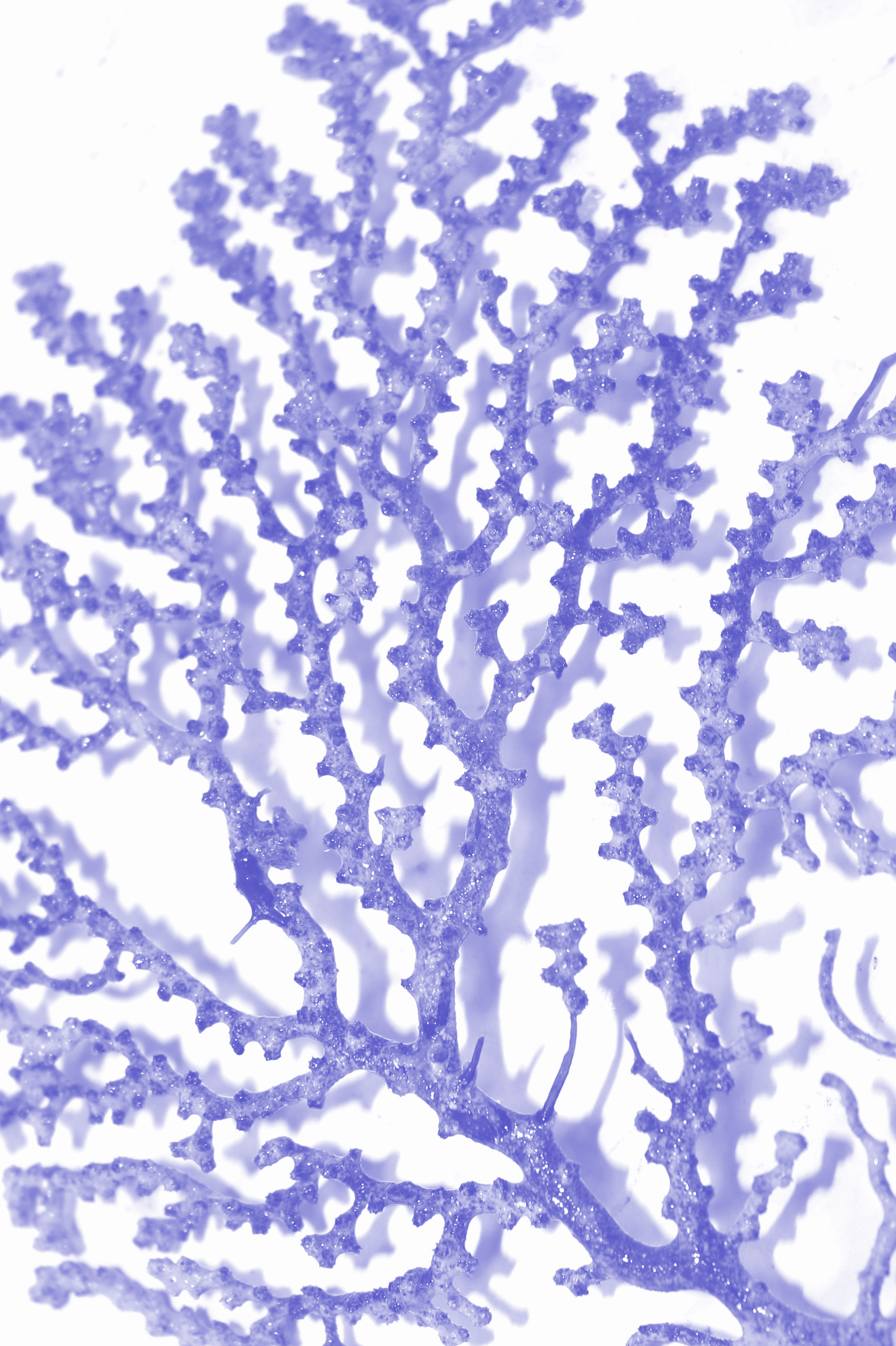Experts wrap coral probe
 Scientists have completed the first comprehensive study of north western Australia’s deep corals.
Scientists have completed the first comprehensive study of north western Australia’s deep corals.
The US-based Schmidt Ocean Institute has led an 18-day expedition to the Ashmore Reef Marine Park, accompanied by experts from the Australian Institute of Marine Science (AIMS), Western Australian Museum, The University of Western Australia and Curtin University.
They made a range of findings, including a sea snake thought to be locally extinct and saw several species such as the great spotted cowrie (Perissersoa guttata) for the first time in the marine park.
Scientists led by AIMS’ Dr Karen Miller of the Australian Institute of Marine Science (AIMS), also documented for the first time in high-resolution great diversity in coral-dominated areas, calcareous algal beds, and sponge gardens, and collected samples that will provide understanding into the biology of deep-water corals.
The science party gained new ecological insights of mesophotic species and communities in depths between 50-150 meters using the underwater robot, ROV SuBastian.
“Our observations of the reefs showed the mesophotic zone at Ashmore to be diverse, vibrant, and healthy,” said Dr Miller.
“We found no evidence of coral damage, showing the marine park is helping to preserve this special ecosystem.”
The robot offered the capacity to look at animals and these underwater areas in great detail, unlike previous deep-water survey methods completed in NW Australia. Over 500 high-quality specimens were collected to share internationally for further research.
“Mesophotic ecosystems are hypothesised to have significant ecological importance, including the potential to reseed shallow water reefs under environmental stress,” said Dr Nerida Wilson from the Western Australia Museum.
“The ability of these environments to provide a refuge for coral reefs needs critical attention, as all reefs face a range of stressors including a changing climate. However, it may be that mesophotic environments are unique in their own right.”
The footage and samples collected will have important implications for the sustainability and protection of these underwater ecosystems and similar habitats worldwide that are in peril because of rising ocean temperatures.
The Ashmore Reef study is the ninth and final Australia expedition for Schmidt Ocean Institute’s R/V Falkor, which has been in local waters for a 16-month initiative.
“This expedition was filled with a wealth of discoveries and a fitting final voyage to end our collaboration with the local and international scientific community, exploring the waters around Australia, a continent with rich biodiversity and iconic underwater features," said Dr Jyotika Virmani, executive director of Schmidt Ocean Institute.
More details are available in the team’s impact report.








 Print
Print